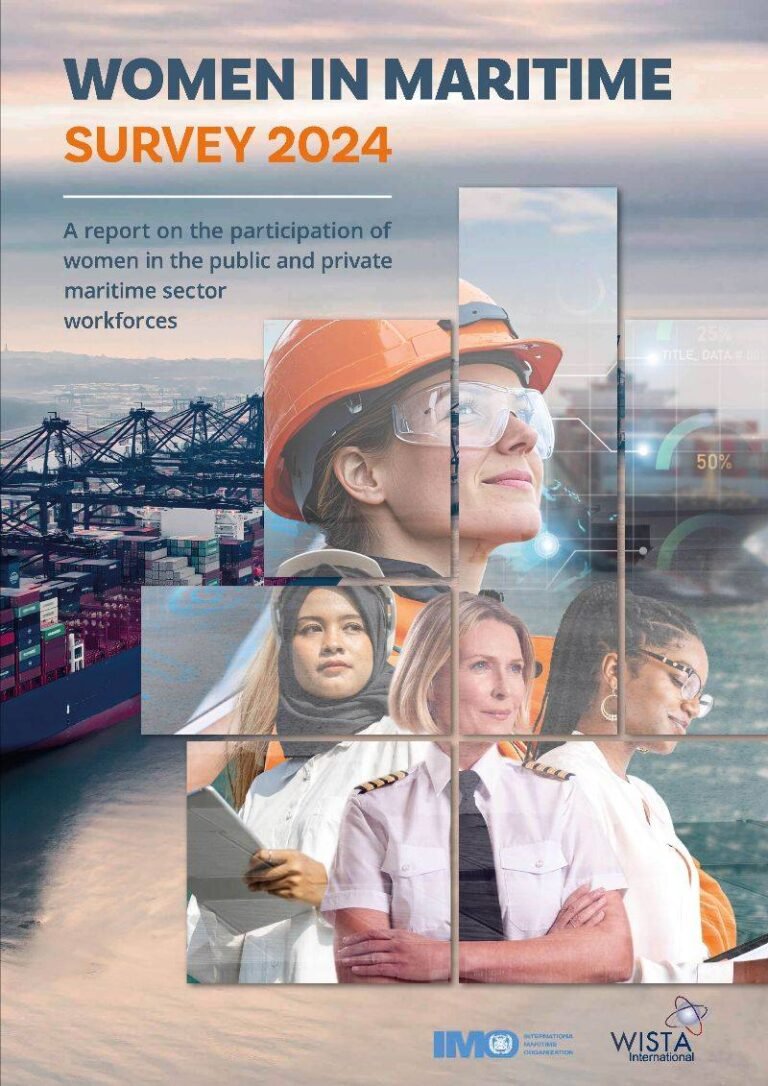The State of Gender Diversity in Maritime Industry: A Closer Look at Women in Maritime
Introduction
The second Women in Maritime survey, jointly published by the International Maritime Organization (IMO) and the Women’s International Shipping & Trading Association (WISTA), sheds light on the current status of gender diversity within the maritime industry. This report delves into the proportion and distribution of women working in the sector, providing valuable insights into the progress and challenges faced by women in maritime.
Key Findings
The survey reveals a significant increase in the number of women working in maritime, with 176,820 women in 2024 compared to 151,979 in 2021. Despite this growth, women still represent less than 19% of the total workforce sampled, a decrease from the 26% reported in 2021. Women account for 19% of the workforce in national maritime authorities and only 16% in the private sector (excluding seafarers). At sea, women remain severely underrepresented, making up just 1% of the total number of seafarers.
Insights and Recommendations
The report provides insights into leadership, workforce participation, policies, and education in both the public and private sectors. It highlights disparities in female representation across different maritime activities, with greater participation in emerging sectors like ESG and decarbonization services, but a decline in traditional sectors like bunkering and legal services.
Recommendations include enhancing recruitment and retention initiatives, expanding mentorship and leadership development programs, strengthening policy implementation, and ensuring safe and supportive working environments. These measures aim to improve gender diversity within the maritime industry and create more opportunities for women in maritime.
Conclusion
The IMO and WISTA International’s commitment to promoting gender diversity in the maritime sector is evident through the Women in Maritime survey. By aligning with the UN Sustainable Development Goal 5, which focuses on achieving gender equality and empowering women and girls, the survey provides valuable data to support the development of programs and policies that encourage female participation in maritime.

